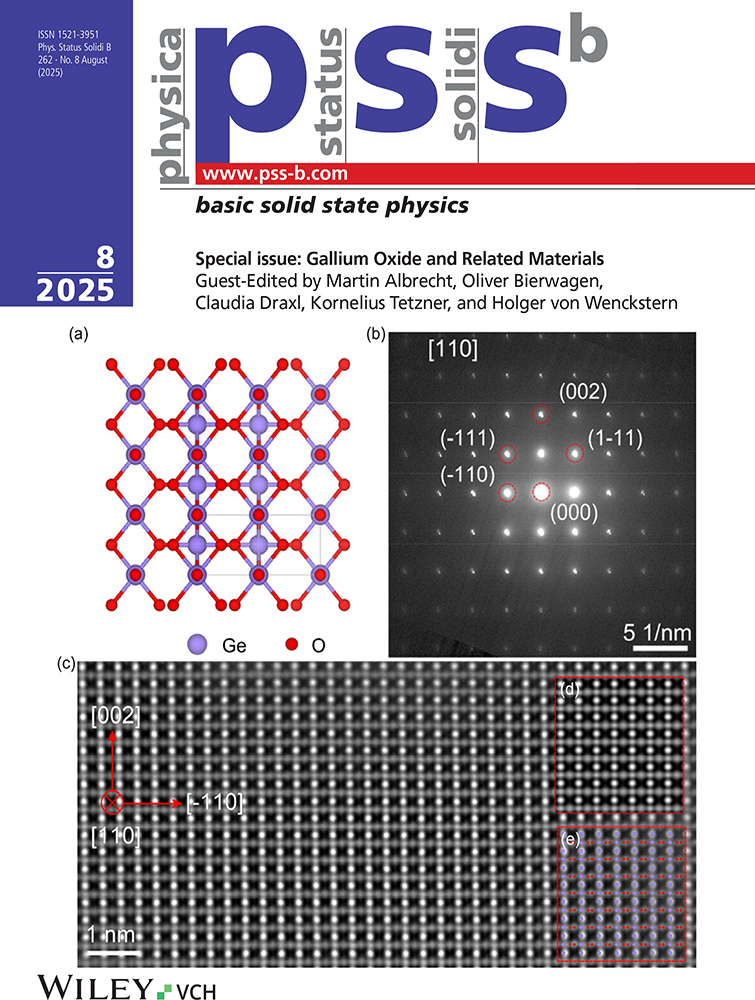On the Asymptotic Critical Behavior of Fe17Dy2, Fe17Ho2 and Fe17Er2 Single Crystals
Abstract
The asymptotic critical behavior of Fe17Dy2, Fe17Ho2 and Fe17Er2 single crystals is investigated by deducing the asymptotic and correction-to-scaling critical exponents from detailed magnetic polarization measurements performed in the vicinity of the Curie temperature, where these systems undergo a magnetic phase transition from a ferrimagnetic to a paramagnetic state. These intermetallic compounds are characterized by a planar anisotropy for which, so far, measurements of critical exponents are not available. Well-defined phase transitions are found to exist in all these three systems with values of the asymptotic critical exponents very close to those predicted by the renormalization group calculations for a three-dimensional isotropic short-range Heisenberg ferromagnet. The nonanalytic corrections to the singular behavior at the Curie point, which originate from the nonlinear irrelevant scaling fields were found to have a significant role in deducing the true asymptotic critical amplitudes. Since the main interest of the present study lies only in the critical region, we have, for the time being, not investigated about these correction terms outside the critical region.




